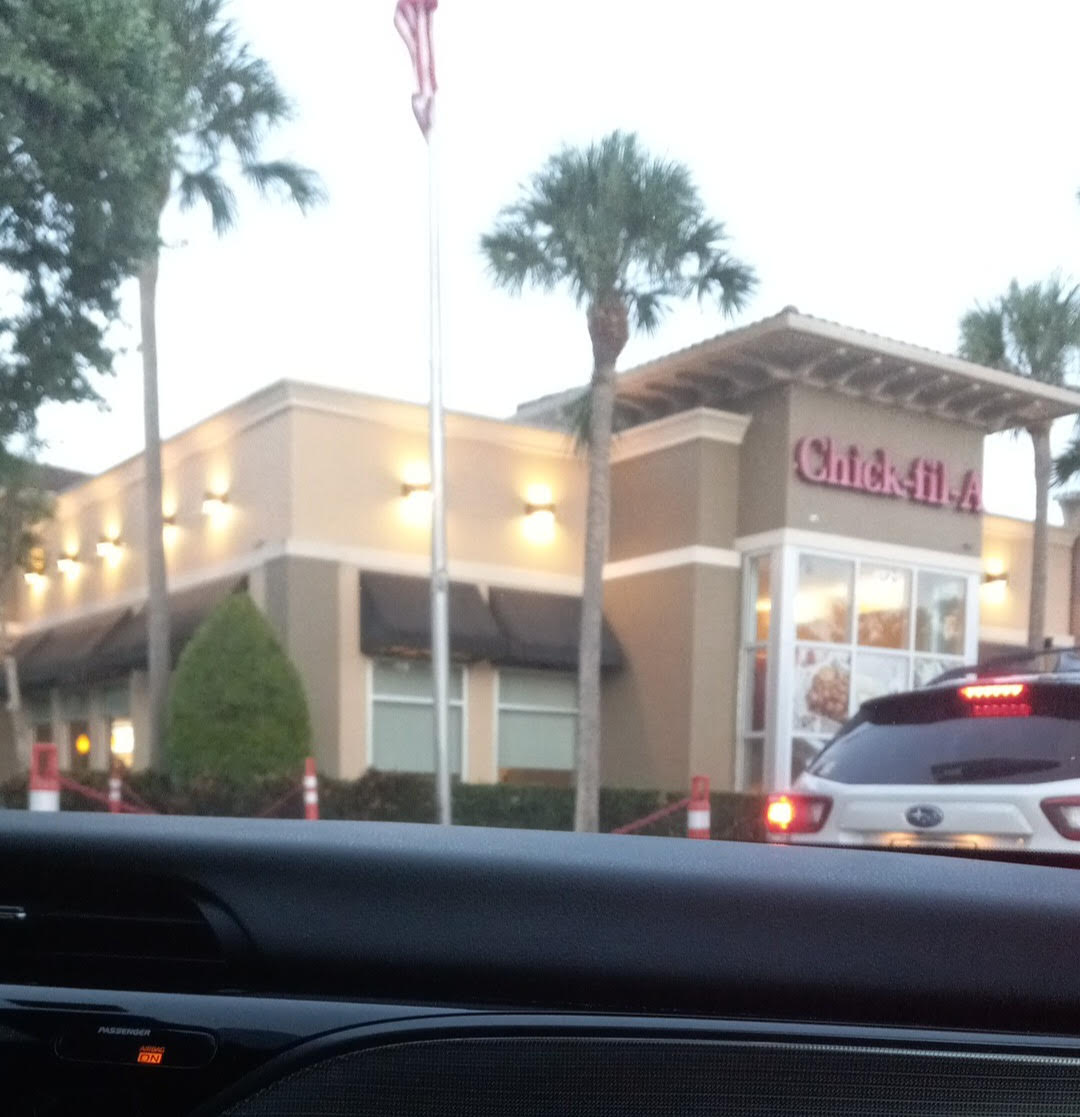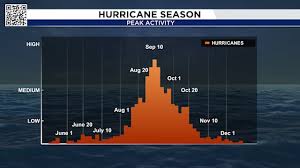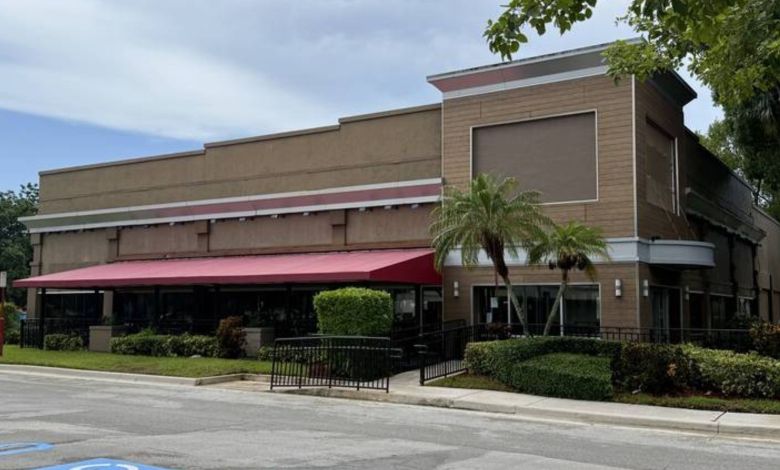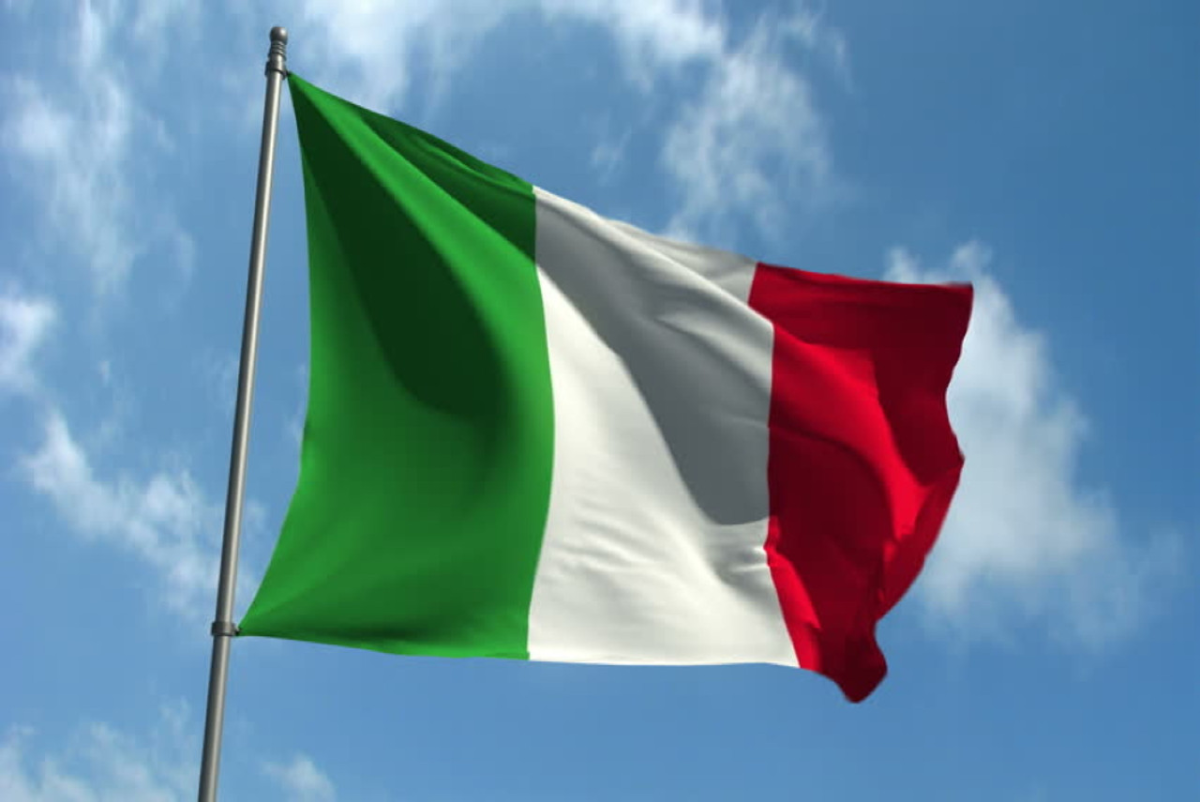On April 2nd, 2025, President Donald Trump fulfilled a campaign promise by enacting a 10% baseline tariff on every single country, specifically higher ones for those with a trade surplus, that being the US buying more goods from them than they do with the US.
This has sent massive shock waves across the US economy and the world. Immediately stocks began to tumble as investor confidence was shaken in the current US economy, this confidence was lost in even some of America’s biggest companies, like Microsoft.
This mainly occurred due to tariffs essentially being taxes on imported/foreign goods and products that are shipped into the US, which equals fewer foreign products as a result of the tariffs.
So if a company like Coca-Cola, which uses plastic bottles, has to buy plastic, it’s going to be more expensive for them to make Coke since the bottle now costs significantly more to ship in. If you weren’t aware, China is tariffing at 34% according to CNN Business on Tuesday, April 8th, 2025, and they make most of the world’s plastic. But according to CBS on the same date, China could be over 104% tariffed by the US.
Essentially, more expensive bottles for Coke mean less profit, which means investor confidence drops in the profitability of Coca-Cola. Yet what this doesn’t answer is why this is all happening, what happened that led to the President slapping tariffs on everyone.
Well in the words of the President, the tariffs are “Reciprocal. That means they do it to us, and we do it to them,” that is according to CBS on Wednesday, April 2nd, 2025. So it’s in response to foreign tariffs, as previously shown with China’s current tariffs.
But what is the end goal behind these tariffs? According to NBC on April 7th, 2025, the US needs to achieve economic independence from these nations. The tariffs were created to try and protect the American worker, mainly by making manufacturing in other countries more expensive than doing that here in the States.
It’s a long-term strategy, however, there are some very bad short-term consequences, as previously mentioned there are more expensive goods. Yet another is America no longer having the infrastructure necessary to support massive manufacturing. According to NBC again, things like clothes would be near impossible to make as America lacks the proper supply routes and labour to actually collect the materials and make these items.
As always, getting input from people on the ground. When asked what they think of the tariffs, Kaden Davis in the 11th grade, said “I don’t like it, because I think they’re going to make goods more expensive here than they already are.” and Faizaan Noor in the 11th grade who said, “There’s gonna be a recession this year, the next panic bro, remember that.”
In conclusion, the tariffs are a long-term strategy with dire short-term consequences, as they could allow for more American jobs to open up and more goods to be produced in America, but they could also make things much more expensive for the average consumer.
It could really go one of two ways, either it goes the way of the Hawley-Smoot Tariff in 1930 raised tariffs to 20%, especially on agricultural goods, this made other nations react with reciprocal tariffs and killed international trade, making the Great Depression go worldwide.
Or it could go the way of the Morrill Tariff in 1861, which raised tariffs from 26% to 36%. By 1865 it was 38% to 48%. This protected the developing American industry from the much more powerful and well-developed industries of Britain and allowed America to industrialize and become much richer. That being said, only time will tell the results.





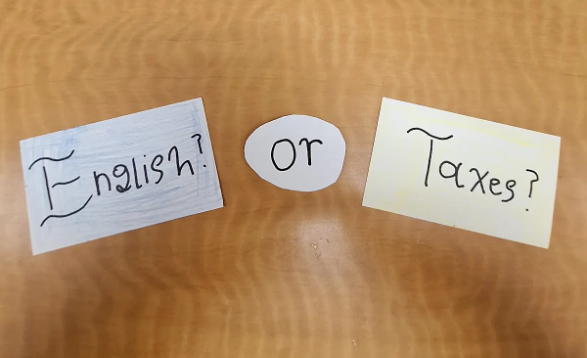

![[Photograph of an Italian sandwich] Photo Creds: https://www.thepioneerwoman.com/food-cooking/recipes/a42398453/italian-sandwich-recipe/](https://cghstheprowl.com/wp-content/uploads/2025/10/image1.png)
